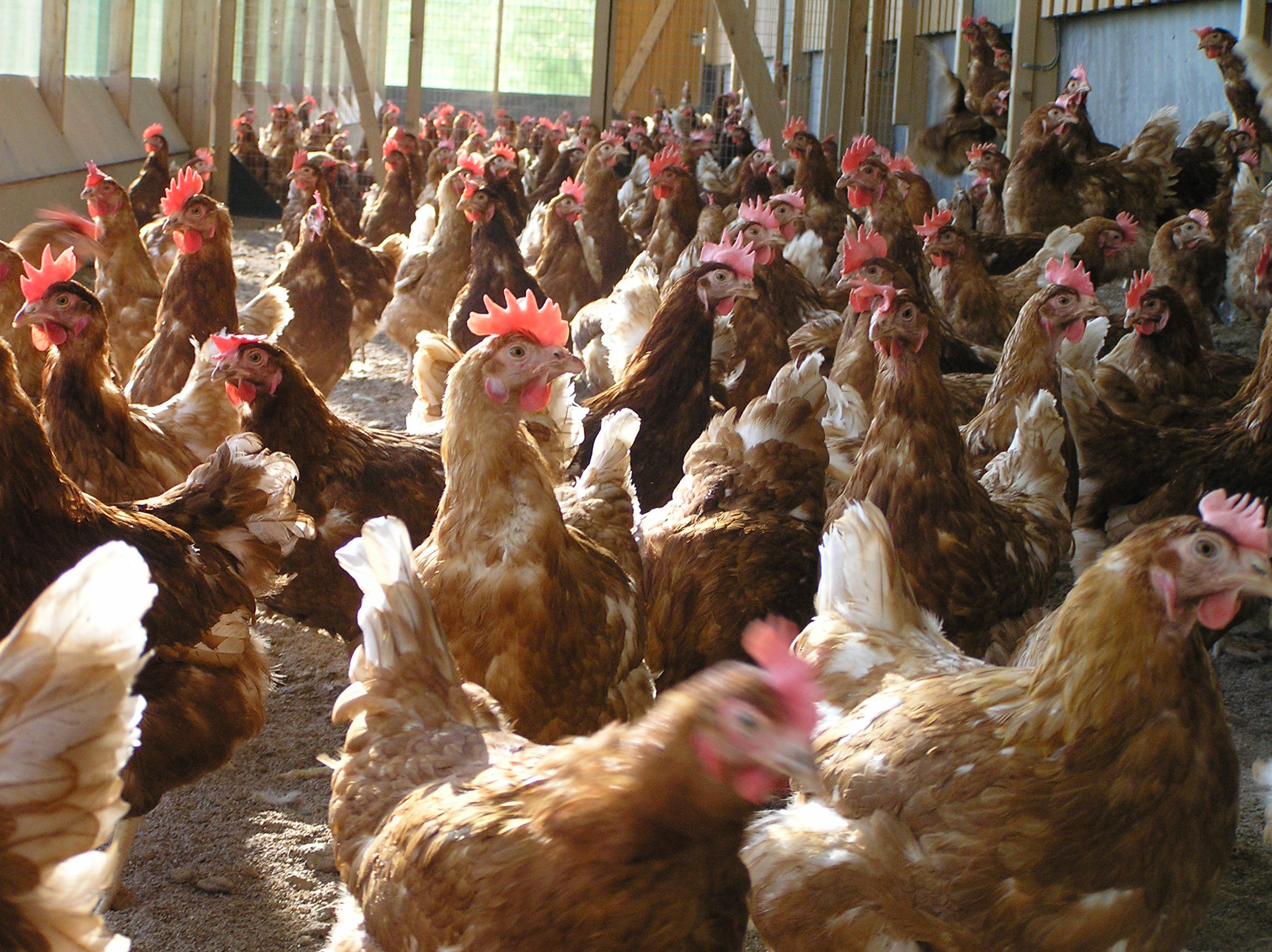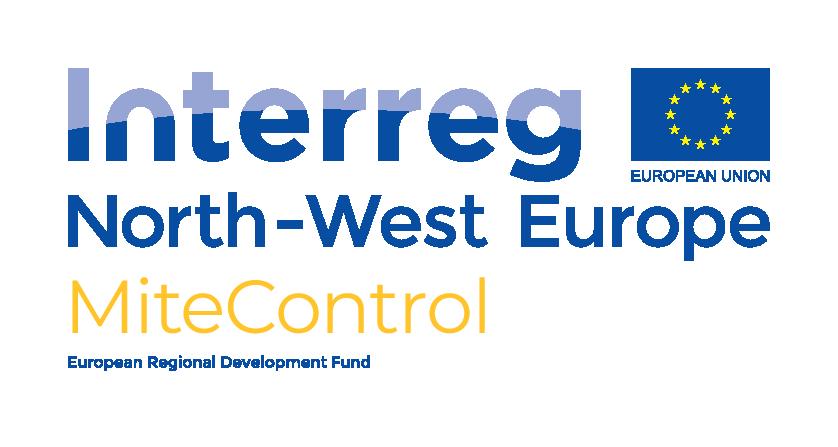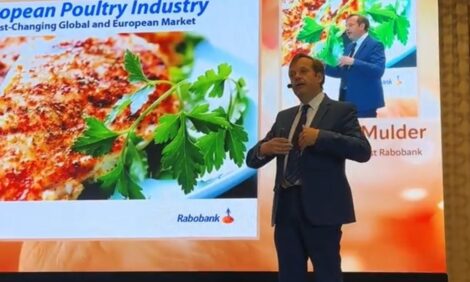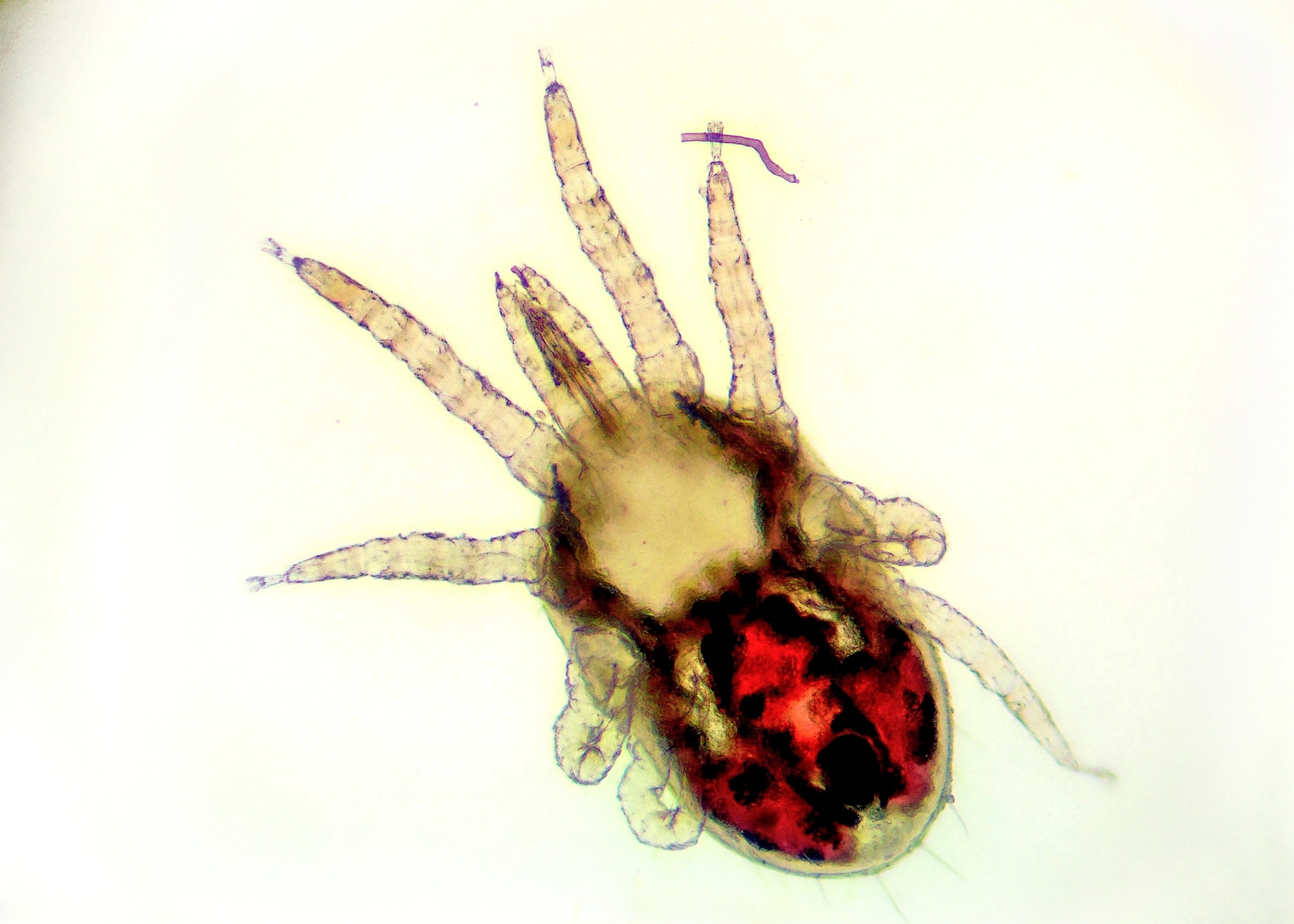



Non-chemical approaches to controlling red mite - what works?
Control of poultry red mite (PRM) has traditionally relied upon use of synthetic pesticides that specifically target ticks and mites – otherwise know as acaricides.Part of Series:
< Previous Article in Series
However, in Europe there are currently very few chemical acaricides available for use, as many have been withdrawn due to consumer safety regulations. Resistance to chemical products has also been widely reported, which means that relying on stand-alone chemical treatments is no longer satisfactory.
Increasing attention is being paid to non-chemical-based treatments for the control of PRM. Here, we review the non-chemical products which are now available to poultry farmers and the promising new products in development.
Plant-derived products
Mite-control measures made from plants have a great deal of potential as they mostly have low toxic effects on mammals, short environmental persistence and a relatively low impact on the environment. Several plant extracts and essential oils are proven to have toxic and repellent effects on PRM.
Essential oils – for example cade, manuka, pennyroyal and thyme – have proved to be effective under laboratory conditions against PRM, although their effectiveness in the field is yet to be investigated. It has been suggested that some volatile compounds of essential oils have both a repellent and short-lived toxic effect on the mites.
These plant derived products can be applied either as spray – for example Mite Stop, a commercially available product based on neem-seed extract, which has shown to be effective under both laboratory and commercial conditions – or as a feed or drinking-water supplements. Lentypou+ is an additive supplied in the hen’s drinking water and is available under several commercial names. It is based on thyme, burdock and tansy and renders the blood of the hens indigestible for mites, eventually leading to the parasites’ death. Nor-Mite is an additive which can be administered in the drinking water or feed and has been shown to make hens much less attractive to PRM. Both these products are used preventively throughout the whole production period.
Vaccination
Several studies have demonstrated the potential of vaccination against PRM. Development of a vaccine against PRM has focused on using “concealed antigens” – proteins found in the mites’ midgut which cause a natural immune reaction in hens. In cattle farming, the strategy of using a concealed midgut-related antigen led to the development of an effective vaccine against the cattle tick called TickGARD (though its uptake in that sector was limited). In the poultry sector, so far an autogenous (native) vaccine against PRM has been developed from crude extracts of the mite’s protein set – this was seen to cause an up to 78 percent reduction in the mite population under field conditions. Producing autogenous vaccines is very labour intensive, however, as mites from every house that will be treated need to be sampled to make a house-specific vaccine. The efficacy of autogenous vaccines can also vary between batches. Recombinant vaccines are cheaper and quicker to produce, but to date no suitable candidate protein has been isolated to control PRM.

Biological control
The use of natural predators to regulate pest populations is a technique widely applied in horticulture. They may be mass-reared at lab, then released in farms to increase the effect of natural predatory populations. Predatory mites which feed upon PRM are an emerging as a promising control method. Currently in Europe, mass-reared Androlaelaps casalis and Cheyletus eruditus are available under their respective commercial names Androlis and Taurrus and are produced by Koppert. Androlis and Taurrus are often used together and released in hen houses as a preventative measure against PRM. Androlis mainly feeds on red mite that are in their juvenile stages and is a highly mobile predator, while Taurrus is more voracious and preys on all stages but is slower to disperse. The protocols for dosages and frequency of releases are available from Koppert. Although unlikely to eradicate PRM if used on its own, together with other treatment approaches it offers a promising solution.
Heat treatment
Temperatures over 45°C are lethal for PRM. The Thermokill method developed by Van Eck Industrial Hygiene BV takes advantage of this. The method involves gradually heating hen houses during the empty period to above 45°C for at least two days. By heating up the poultry house gradually, mites are lured out of their hiding places, which improves the killing efficiency of the heat. It has been reported that this method can be very efficient in eliminating PRM, however it is expensive and some housing systems can be damaged by the heat.
Inert dusts
Inert dusts like silica and diatomaceous earth are claimed to work by cutting the outer layer of the mite’s exoskeleton causing desiccation and death. Numerous products are commercially available and widely used. Variability in effectiveness has been noted between different silica-based products. They are best used preventively and applied as a liquid, although silica is often not sufficient as a stand-alone product for controlling PRM. Farmers have reported improved efficacy when previous layers of silica are removed from the housing systems before a fresh silica layer is applied.
Q-Perch
The Q-Perch, developed by Vencomatic, is a perch which has two electrical wires and insulators installed underneath the perching bar. A small electrical current runs through the wires, killing mites as they travel from their hiding places to feed on the hens. Although expensive to install, it offers a continuous method of control and is promising, particularly when used as part of a combination of non-chemical treatment approaches.
Entomopathogenic fungi
Entomopathogenic fungi (parasitic fungi) are a long way from being commercially available as treatment products against PRM, but they do show some potential. Studies under laboratory conditions have shown that PRM is susceptible to a number of entomopathogenic fungi species. However, they have not proven effective in trials in semi-commercial conditions. Part of the problem in replicating the success of the laboratory experiments in the field lies in the specific environmental conditions fungi require, which are difficult to replicate in a commercial context. Additionally, as these fungi species do not solely target PRM, there is a risk that they could have negative effects on other species.
MiteControl
The MiteControl project is testing the efficacy of combining several non-chemical treatments for controlling red mite on farms across the UK, France and Belgium. To find out more please see the project website. MiteControl is part funded by the Interreg North-West Europe Programme and in the UK is generously supported by BFREPA, the BEMB Research and Education Trust and Noble Foods.












